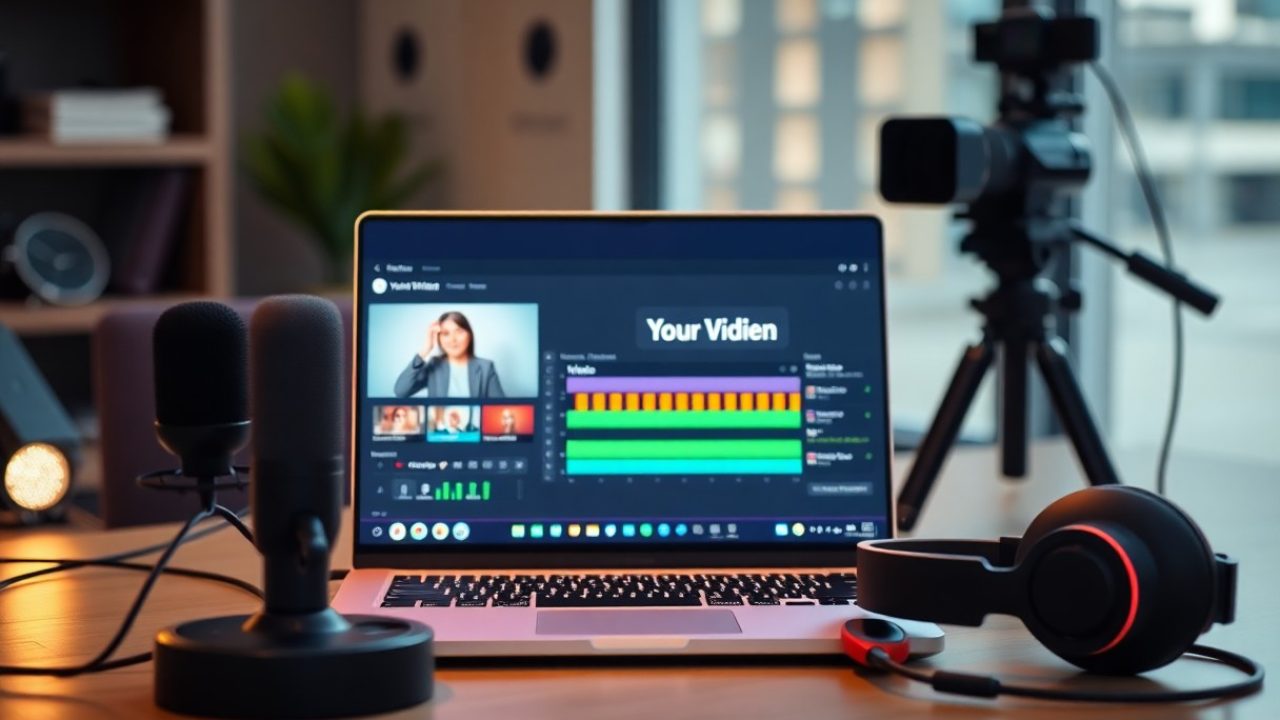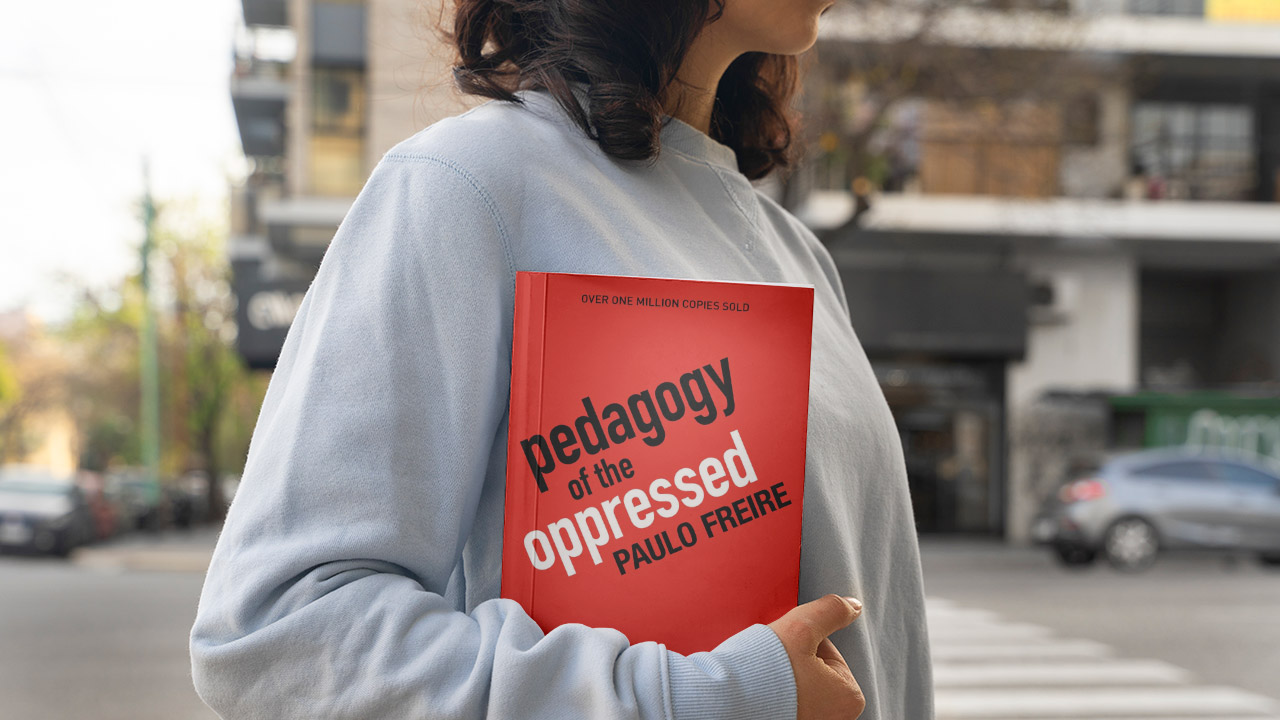Contents
- 1 Revolutionizing Content Creation: AI’s Role in Video Scripting
- 2 Enhancing Viewer Engagement: AI-Generated Voices
- 3 Faceless Video Strategies: Maintaining Anonymity while Captivating Audiences
- 4 Monetizing AI-Created Content: Logic Meets Opportunity
- 5 Navigating the Ethical Landscape: Considerations for AI in Content Creation
- 6 Conclusion
- 7 FAQ
AI technologies have transformed content creation, enabling you to script, voice, and produce engaging faceless YouTube videos effortlessly. In this post, you’ll discover how advanced algorithms and tools can streamline your video production, saving you time and reducing effort while enhancing the quality of your content. From generating compelling narratives to providing realistic voiceovers, you will explore the positive impacts of harnessing AI in your creative process and understand the potential risks associated with its misuse. Embrace these innovations to elevate your online presence and connect with your audience like never before.
Key Takeaways:
- Leveraging AI tools can streamline the process of scripting, vocalizing, and producing faceless YouTube videos, enhancing efficiency and creativity.
- AI-generated content allows creators to maintain anonymity while still engaging audiences with high-quality video material.
- Integrating various AI technologies, such as text-to-speech and video editing software, enables more diverse content creation possibilities and innovative storytelling approaches.
Revolutionizing Content Creation: AI’s Role in Video Scripting
AI is shifting the landscape of video scripting, allowing creators to craft engaging narratives with efficiency and innovation. By harnessing advanced natural language processing algorithms, you can generate compelling scripts tailored to your audience’s interests. Whether you’re a solo creator or part of a larger team, AI can significantly reduce time spent on brainstorming and drafting. As such, it enables you to focus on refining your creative vision and enhancing the overall quality of your videos. Embracing these AI-driven tools reflects a modern approach to content creation that can keep you ahead of the competition.
The Power of Narrative Design with AI
Storytelling is elevated through AI’s ability to analyze trends and understand viewer preferences. By leveraging insights from vast datasets, you can identify themes, tones, and structures that resonate with your target audience. This data-driven approach not only informs your narrative choices but can also suggest captivating plot twists or emotional arcs that convert casual viewers into loyal fans. With AI as your ally, the art of narrative design becomes a collaborative effort, yielding scripts that captivate and entertain.
Tools for Transforming Ideas into Scripts
You have a multitude of AI tools at your disposal that streamline the process of turning your ideas into polished scripts. Platforms like Jasper.ai or Writesonic offer user-friendly interfaces, allowing you to input keywords or themes and receive fully-formed script suggestions within minutes. These tools utilize machine learning to continuously improve their recommendations based on user feedback. Additionally, incorporating AI-driven screenplay software, such as Final Draft or Celtx, can further enhance your scripting process with dedicated formatting and industry-standard features.
Integrating these tools into your workflow simplifies many aspects of scriptwriting. For instance, using a platform like Jasper.ai, you can input a concept, and within moments, it generates various script ideas that you can refine and customize. This immediate access to multiple narrative angles not only sparks creativity but also helps save significant brainstorming time. The intuitive nature of these tools allows you to edit and adapt scripts easily, ensuring that the final product aligns with your vision while maximizing engagement potential. With AI’s assistance, you can elevate your scripting efficiency and inspire fresh content ideas with ease.
Enhancing Viewer Engagement: AI-Generated Voices
AI-generated voices have transformed viewer engagement, providing a dynamic auditory experience that captures attention and holds interest. By utilizing realistic, human-like vocalizations, you can create videos that resonate deeply with your audience while maintaining a faceless approach. This technology not only allows you to produce content faster but also elevates the quality of presentation, mitigating potential distractions from visuals and focusing on the narrative flow.
The Evolution of Text-to-Speech Technology
Text-to-speech technology has significantly advanced from robotic, monotone outputs to sophisticated, emotionally resonant voices. Originally, TTS systems struggled with pitch and inflection, lacking the nuanced delivery necessary for effective storytelling. Today, tools like Google’s WaveNet and Amazon Polly leverage deep learning algorithms, enabling lifelike pronunciation and intonation, which enhances viewer understanding and engagement.
Customization and Lifelike Voice Choices
Customization options in voice generation provide you the flexibility to align characters, narratives, and brand voice with your audience’s preferences. Many AI platforms now offer a diverse range of voices, accents, and even emotional tones to choose from, ensuring that you can create content that feels authentic and relatable. This capability allows you to select a voice that best represents your channel’s personality, whether you want a friendly and upbeat tone or a more serious and authoritative style.
Notably, several AI voice generators now let you adjust speech parameters such as speed, pitch, and emphasis. For instance, you might select a calming voice for a meditation channel or an energetic tone for a travel vlog, enhancing the emotional connection between your content and audience. Moreover, specific platforms allow you to employ unique voices to represent various characters in your videos, bringing an additional layer of engagement that keeps viewers captivated throughout the experience. This level of personalization transforms how you connect with your viewers, creating memorable content that reflects both your style and your message.
Faceless Video Strategies: Maintaining Anonymity while Captivating Audiences
Creating compelling content without revealing your identity is not just possible but can also be highly effective. As a faceless creator, you must engage your audience through innovative strategies that leverage visuals, sound, and storytelling without the need for a personal on-screen presence. This approach allows you to cultivate a unique brand identity while safeguarding your privacy, making it important to master the art of captivating storytelling through various media formats.
Techniques for Compelling Visuals without On-Screen Presence
Utilizing visually stimulating elements can keep your viewers hooked. You can achieve this by incorporating stock footage, animated graphics, or text overlays that align with your narrative. Platforms like Pexels or Unsplash offer free resources, and tools like Canva or After Effects allow you to create stunning animations. By focusing on high-quality visuals, you can ensure that your content remains engaging even in the absence of a personal appearance.
Best Practices for Balancing Content Quality and Anonymity
Striking the right balance between delivering high-quality content and maintaining anonymity hinges on a few key practices. Prioritize researching trending topics that resonate with your target audience, and utilize AI tools for effective content generation. Additionally, when selecting your voiceover, choose a style that reflects your brand without being overly personal. This approach allows you to convey authority while protecting your identity.
Effective content quality and anonymity depend on consistency and intentionality in your approach. Regularly updating your channel with relevant topics keeps your audience engaged, while utilizing AI-driven insights helps in understanding viewer preferences. Integrating professional editing and sound design can elevate viewer experience, ensuring your content stands out. Engage with your audience through comments and community posts, enhancing connection without compromising your anonymity. This technique cultivates a loyal following while maintaining the mystique that faceless creators often benefit from.
Monetizing AI-Created Content: Logic Meets Opportunity
The intersection of AI technology and content creation has opened up diverse avenues for monetization. You can harness powerful AI tools to produce engaging and quality content, allowing for significant cost savings while maximizing revenue streams. From ad revenue and sponsorship deals to affiliate marketing, the economic potential is vast. As channels grow, they can tap into methods like memberships or premium content for additional income, proving that logic truly meets opportunity in this innovative landscape.
The Business Model Behind Faceless Channels
Faceless YouTube channels have gained traction largely due to their flexibility and lower overhead costs. You maintain the ability to create diverse content, using AI-generated scripts and voices to churn out videos quickly. Monetization can stem from multiple sources, including ad revenue driven by consistent viewer engagement and niche targeting, which proves beneficial for brands seeking to connect with specific audiences.
Safeguarding Intellectual Property in the Age of AI
With rapid advancements in AI content generation, protecting your intellectual property (IP) is vital. Algorithms can mimic styles and voices, raising questions about ownership and originality. It’s vital for you to establish clear policies on the use of AI-generated content, ensuring that creators maintain control over their works and that appropriate licenses are acquired when necessary.
To effectively safeguard your intellectual property, consider employing measures like copyright registration for your original scripts and ensuring that AI tools you utilize have clear licensing agreements. Familiarize yourself with the relevant laws, as the AI landscape is still evolving, and keeping abreast of changes can help protect your content rights effectively. Understanding what constitutes fair use versus infringement in this new realm will be key to preserving your creative ownership.
Navigating the Ethical Landscape: Considerations for AI in Content Creation
The rise of AI in content creation brings with it a host of ethical questions. As automation and algorithms interweave with creative processes, the responsibility lies with you, the creator, to ensure that your use of these technologies aligns with ethical standards. This means recognizing the potential for misuse—such as misinformation, plagiarism, or cultural insensitivity—and being proactive in fostering authenticity and transparency in your work.
The Responsibility of Creators in Using AI Tools
Your role as a creator extends beyond just producing content; it encompasses the ethical implications that come with using AI tools. By making informed choices about the algorithms and data sources you utilize, you can influence the narrative and set an example for others in the industry. This responsibility includes educating your audience about how AI shapes your content and being transparent about your creative process.
Implications of AI on Creative Ownership and Authenticity
The integration of AI in content creation raises complex questions about who truly owns the work produced. Issues surrounding copyright and originality emerge, with machines generating content that can mirror human creativity. For you, this might mean reevaluating how you perceive your role as an artist or creator and finding ways to ensure your unique voice remains pivotal amidst automation.
Ownership in AI-generated content isn’t just a legal concern; it’s a philosophical one too. The source of inspiration for AI algorithms often includes existing works, leading to a blend of styles that may blur the lines of originality. As a creator, it’s on you to ensure that your contributions stand out and maintain your personal touch. For instance, if an AI script closely resembles existing content, you might be at risk of infringing on someone else’s creative rights, inviting the potential for legal challenges and reputational damage. Balancing the innovation that AI brings with the necessity of maintaining creative integrity is important for nurturing authenticity in your content, which ultimately resonates more with your audience.
Conclusion
Taking this into account, leveraging AI tools like ChatGPT can significantly enhance your ability to script, voice, and create engaging faceless YouTube videos. By integrating these advanced technologies into your content creation process, you can streamline production, boost creativity, and tailor your videos to better connect with your audience. Embracing this innovative approach not only saves you time but also empowers you to maintain a consistent quality in your output, ensuring your channel stands out in the competitive landscape of digital content.
FAQ
Q: How can AI assist in scripting for YouTube videos?
A: AI tools can streamline the scripting process by analyzing trends, topics, and keywords that resonate with audiences. By leveraging natural language processing and machine learning algorithms, these AI systems can generate coherent and engaging scripts tailored to a specific niche or theme. They can also provide insights into audience preferences, helping creators craft content that is more likely to attract views and engagement. Additionally, AI can assist with grammar and style enhancements, ensuring that the final script is polished and professional.
Q: What are the benefits of using AI-generated voices for YouTube videos?
A: AI-generated voices offer several advantages for YouTube content creators, particularly for faceless videos. Firstly, they provide a wide range of voice options, allowing creators to select a style that suits their brand persona, whether it’s authoritative, friendly, or dramatic. These AI voices can also enhance the production process by removing the need for a human voice actor, thereby saving time and costs associated with recording. Furthermore, advancements in AI voice synthesis have enabled the creation of natural-sounding dialogue that can engage viewers without the inconsistencies that can arise from human narrators.
Q: What tools and platforms are recommended for creating faceless YouTube videos using AI?
A: There are numerous tools and platforms available that facilitate the creation of faceless YouTube videos using AI. For scripting, platforms like Jasper or Writesonic can help generate content quickly. For voice synthesis, tools such as Descript or WellSaid Labs offer high-quality AI voices. Video creation software like Synthesia or Pictory allows users to combine these resources, enabling creators to produce visually appealing videos without the need for on-camera presence. Additionally, various stock footage libraries can be accessed to enhance visual storytelling, ensuring that the end product is professional and engaging.








